China has once again placed itself at the center of the world’s supply chain chessboard—this time by tightening its control over rare earth materials and technologies essential to modern manufacturing. The move, announced through a new round of export restrictions and technology controls, underscores Beijing’s determination to weaponize its dominance in a sector that underpins everything from smartphones and electric vehicles to fighter jets and artificial intelligence systems.
Analysts say this strategy marks a new stage in China’s “economic statecraft,” using supply chains not merely as sources of profit but as instruments of geopolitical influence.
The New Rules: Stricter Licenses and Broader Reach
China’s Ministry of Commerce introduced an expanded export control framework that applies to rare earth metals, magnets, and processing technologies. Companies exporting these materials must now apply for detailed licenses and disclose how and where the materials will be used. Exports connected to sensitive technologies, especially those tied to defense or high-end computing, are expected to face denials or indefinite delays.
Unlike previous measures that targeted only a few raw materials, the latest rules extend to the entire value chain—including semi-processed goods and even products manufactured abroad using Chinese rare earth inputs. By doing so, Beijing effectively extends its regulatory reach beyond its borders, a move experts describe as both bold and provocative.
“The message is clear,” said one trade analyst based in Singapore. “China is signaling that control over the world’s most strategic materials now comes with political conditions. It’s no longer just a market issue—it’s leverage.”
Why Rare Earths Matter
Rare earth elements, a group of 17 metals with unique magnetic and conductive properties, are indispensable for advanced technologies. They are used in smartphones, wind turbines, electric vehicles, satellite systems, and precision-guided weapons. Despite their name, these elements are not particularly rare—but processing them safely and efficiently is an expensive and complex task that China has mastered over decades.
Currently, China refines around 85% of the world’s rare earths and dominates global production of high-performance rare earth magnets. This gives Beijing enormous power over supply chains critical to the green energy transition and military modernization efforts in the West.
From Trade Tool to Geopolitical Weapon
Beijing’s latest restrictions reflect an increasingly assertive approach to its economic influence. For years, rare earths have been a quiet cornerstone of China’s industrial power. Now, they are becoming a central piece of its geopolitical arsenal.
The timing is no coincidence. The United States and its allies have been tightening controls on exports of advanced semiconductors and chipmaking equipment to China, aiming to slow Beijing’s technological ascent. In response, China is flexing its own muscles—reminding the world that many of the technologies used to produce those same chips depend on materials that flow through Chinese factories.
“This is economic deterrence through scarcity,” said a European energy policy researcher. “By making the world feel its dependence, China is warning that pressure on its tech sector will have consequences across multiple industries.”
A Calculated Risk
However, China’s gambit comes with serious risks. Restricting rare earth exports could push global manufacturers to accelerate diversification, invest in alternative sources, and build new processing facilities outside China. Over time, these moves could weaken the very leverage Beijing is trying to maintain.
Several countries—including the United States, Australia, Canada, and Japan—have already announced plans to expand rare earth mining and processing. Washington has been funding domestic projects and forming partnerships with allied nations to develop non-Chinese supply chains. The European Union, too, has placed rare earths at the center of its Critical Raw Materials Act, designed to reduce reliance on Chinese imports.
If these efforts succeed, China could face the gradual erosion of its near-monopoly. But in the short term, Beijing retains a formidable grip. Building new processing infrastructure can take years, and environmental regulations in many Western countries make it difficult to compete with China’s scale and cost efficiency.
Global Economic Ripples
The ripple effects of China’s new export restrictions are already visible in global markets. Prices for neodymium and dysprosium—two of the most important rare earths used in permanent magnets—have spiked. Electric vehicle and wind turbine manufacturers are bracing for possible supply disruptions, and several semiconductor companies are reportedly reviewing their sourcing strategies.
In Japan, the world’s largest importer of rare earths, government officials have expressed concern about potential supply shocks. South Korea, another major technology producer, has begun stockpiling strategic materials in anticipation of shortages.
For the United States, the move could complicate defense procurement. The Pentagon relies heavily on rare earth magnets for missiles, aircraft, and radar systems. A prolonged restriction could slow production schedules or force the military to seek costlier alternatives.
The Diplomatic Dimension
Beijing’s actions also serve a broader diplomatic purpose. By tightening control over exports, China is reminding its trading partners that decoupling from its economy carries consequences. The move could also serve as leverage in future negotiations with Washington or Brussels, especially as global trade tensions rise.
China’s official stance frames the new rules as “national security measures” designed to prevent the misuse of advanced technologies. But observers say the controls are part of a larger strategy to reassert control over critical industries at a time when the West is trying to “de-risk” from Chinese supply chains.
“Economic coercion is not new,” said an Asia-Pacific geopolitical expert. “What’s new is how systematically China is embedding it into its industrial policy.”
A Global Race for Independence
In the long term, the rare earth confrontation could trigger a technological reordering similar to the semiconductor decoupling already underway. Nations may prioritize resource independence, invest heavily in alternative extraction technologies, and forge new alliances centered on critical minerals.
Companies, meanwhile, may face a future where supply chains are more secure but also more expensive. If China continues to restrict access, the cost of clean energy, advanced electronics, and defense systems could rise globally.
Still, Beijing may believe that short-term leverage outweighs long-term erosion. For now, its dominance in rare earths remains nearly unchallenged, and it has shown that it is willing to use that dominance strategically.
The Next Phase of Economic Warfare
China’s rare earth restrictions represent more than just trade policy—they mark a new phase of economic warfare, where critical resources become bargaining chips in a broader struggle for global power.
As nations scramble to secure their supply lines and reduce dependence, a new kind of Cold War is emerging—not one defined by ideology or military standoffs, but by minerals, technologies, and the ability to control the arteries of global industry.
Beijing has made its move. The rest of the world must now decide how to respond.

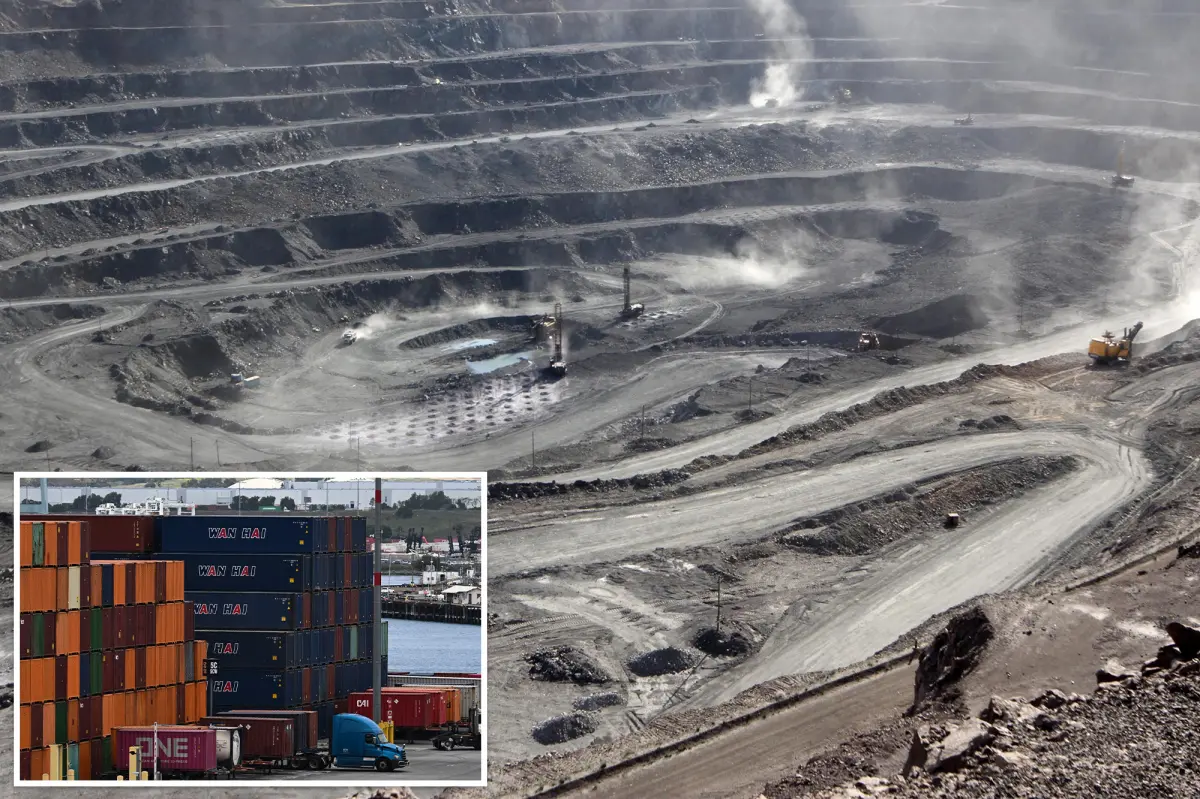

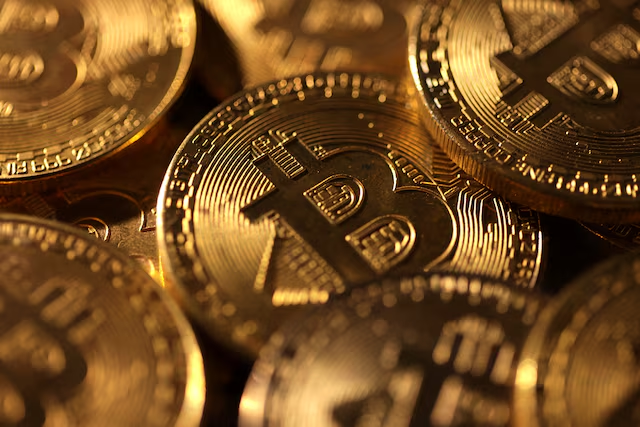

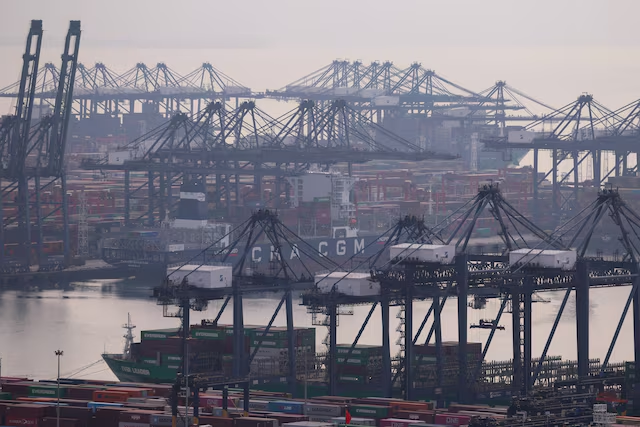
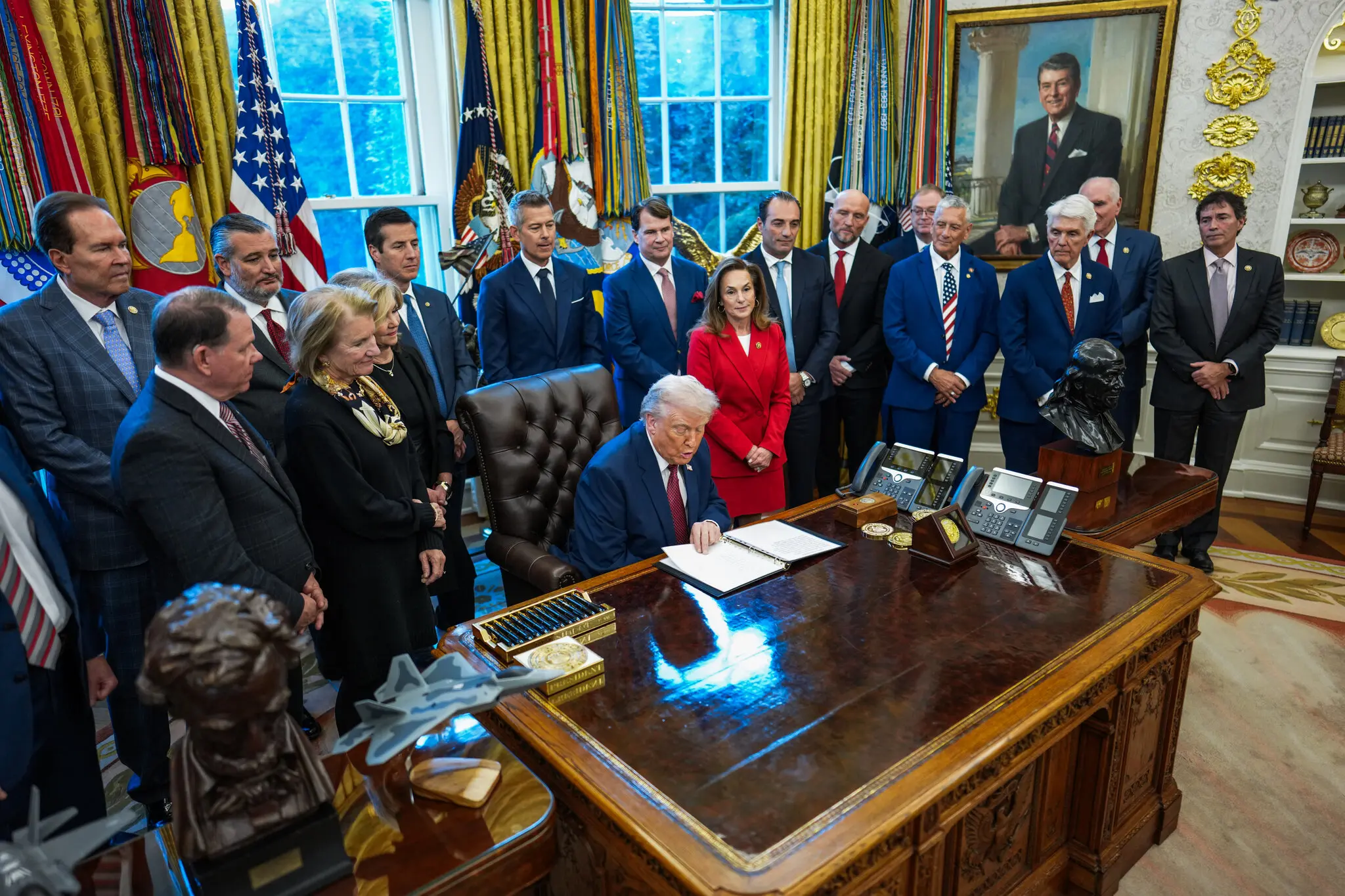

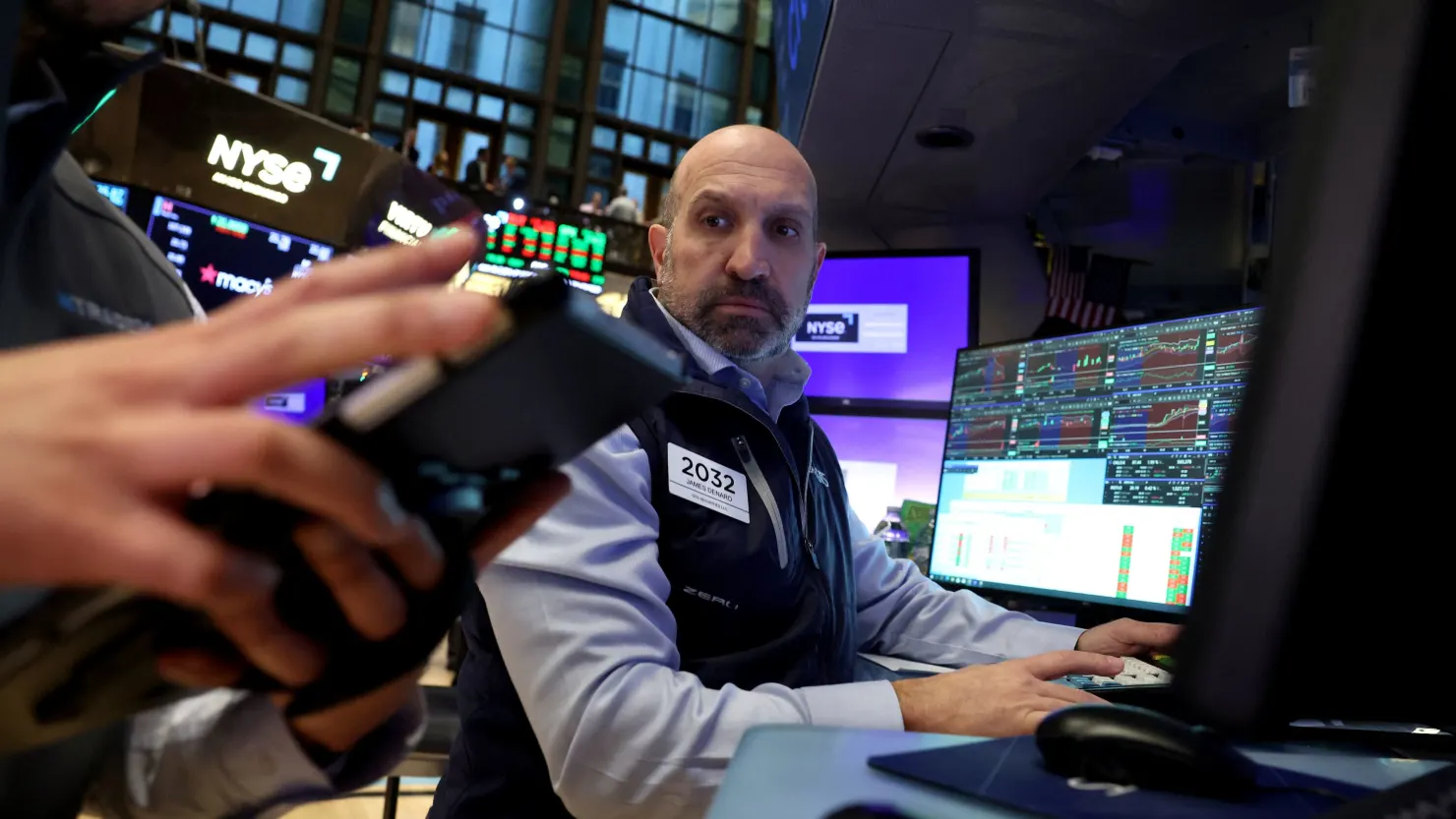


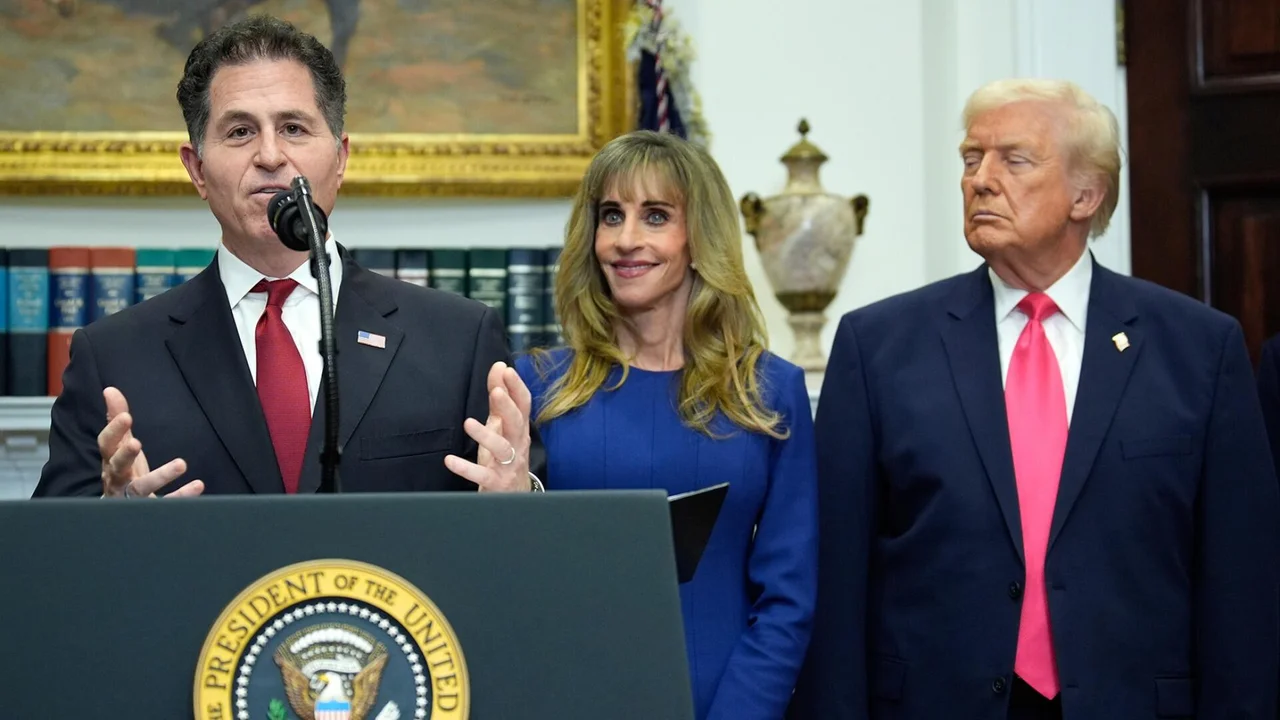




Leave a Reply